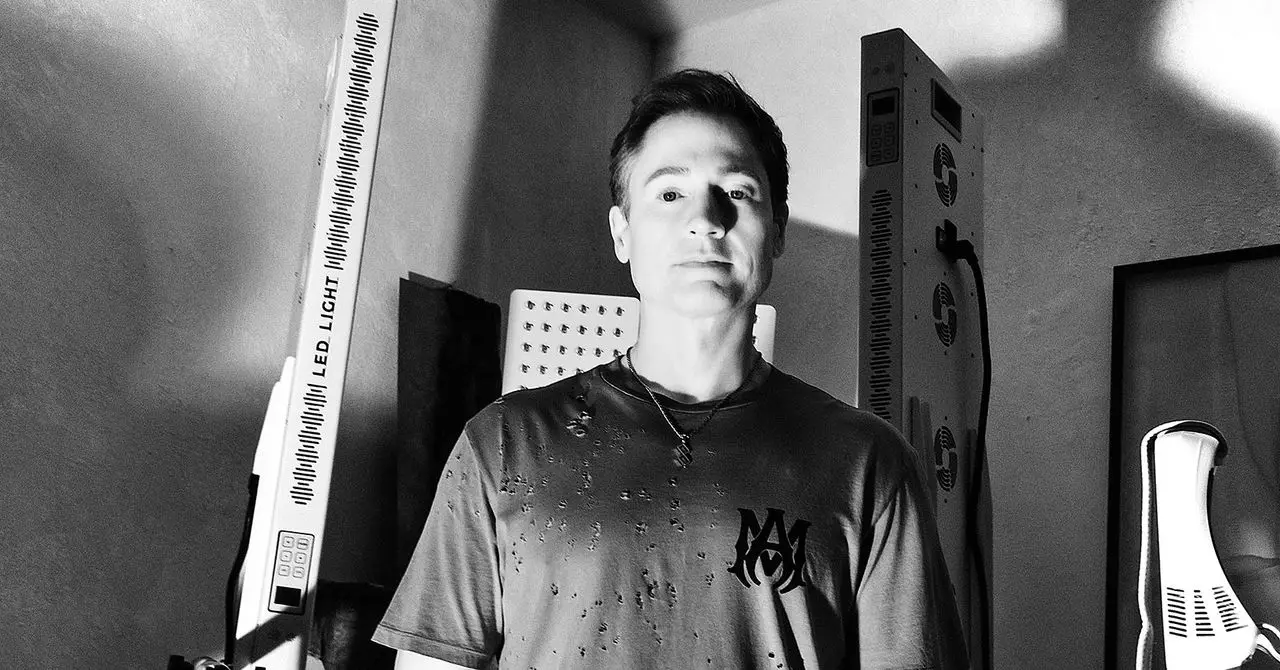In the modern age, the obsession with defying aging reflects an innate human desire to conquer mortality. Visionaries like Bryan Johnson have taken this aspiration to unprecedented heights, pouring vast resources into projects aimed at radically extending human lifespan. With his meticulous routines, cutting-edge scientific interventions, and relentless pursuit of perfection, Johnson epitomizes the modern-day Prometheus—seeking to steal fire from the gods, this time in the form of extended youth. His approach signifies a profound belief that aging is a problem to be solved rather than an inevitable aspect of life. Yet, beneath the glossy veneer of high-tech regimens and experimental treatments lies a complex debate about whether we should, or even can, engineer immortality.
The fixation on prolonging life is undeniably seductive. In Johnson’s case, the notion of restoring or maintaining a body at peak health seems almost within reach—if only we harness enough data, discipline, and technological innovation. The intense routines—blood tests, plasma swaps, caloric restrictions—are designed with the goal of halting or reversing biological clockwork. While this pursuit taps into scientific curiosity and human resilience, it also raises questions about the limits of such interventions. Are these measures genuinely extending lifespan, or are they simply delaying decline in a way that might prove unsustainable in the long run? As Johnson’s living environment suggests, the pursuit of perpetual youth is driven by an obsession with perfection that might be more about external appearance than true vitality.
What stands out from Johnson’s narrative is the paradox of avant-garde ambition paired with a troubling symbolism—the rotting fruit among fresh produce. It serves as a stark reminder that even in the most controlled environments, nature’s decrees remain stubbornly persistent. No matter how many measures are taken, the biological inevitability of aging and decay persists, often hidden beneath the veneer of technological miracles. This disconnect highlights the hubris endemic to the quest for immortality: the belief that with enough effort, we can circumvent the natural cycle of life and death.
The Ethical and Human Cost of Perfecting Longevity
Beyond the scientific and physiological challenges lies a profound ethical dilemma. Johnson’s extreme measures—supplements, plasma exchanges, invasive scans—are performed under the guise of health, but they also symbolize a deeper desire: to escape the very mortality that gives life its meaning. When a man amasses millions and dedicates his time to fine-tuning his biology, it raises a fundamental question: at what point does the pursuit of longevity become a form of vanity or delusion?
Furthermore, Johnson’s reliance on confidentiality agreements and his controversial digital footprint illustrate an obsession with control—over his image, his secrets, and, ultimately, his body. Such secrecy surrounding his efforts sparks suspicion about transparency and the genuine benefits of his protocols. It also underscores the social disparity embedded in these pursuits: only the wealthy and technologically privileged have access to such extreme measures. The broader societal implications involve a growing divide between those who can afford to “optimize” their bodies and those who must accept aging as an unavoidable decline.
The human aspect of Johnson’s lifestyle is equally telling. His minimalist, stark home reflects a life dominated by performance and efficiency, with little room for spontaneous warmth or imperfections. The moldy fruit on the counter symbolizes the inevitable decay that no amount of science can completely eliminate. His focus on data and optimization might neglect the human qualities—emotional resilience, community, relationships—that give life its depth and meaning. The obsession with health becomes a form of control that risks stripping away the organic chaos that makes human life vibrant and authentic.
The Future of Immortality: A Double-Edged Sword
Johnson’s narrative encapsulates a broader cultural shift: the relentless pursuit of mastery over natural limits. The promise of technological and biological mastery is alluring, but it also invites us to question whether this path leads to genuine fulfillment or mere escapism. As science advances, the line between medical innovation and science fiction blurs, offering hope and dread in equal measure.
Impressively, Johnson’s embrace of artificial intelligence as a new frontier for human enhancement signals that the quest for immortality is evolving. AI could serve as an amplifier of human capabilities or, conversely, a tool that deepens societal inequities and ethical dilemmas. The risk lies in blindly pursuing technological solutions without fully reckoning with their implications—on the individual psyche, on social cohesion, and on the very definition of what it means to be human.
In the end, Johnson’s story is not just about extending life but about how we choose to confront our mortality. The desire for infinite youth may be deeply human, but it also exposes our vulnerabilities, our hubris, and the frailty that makes us truly alive. As we stand on the precipice of potentially rewriting the biological code, we must grapple with the profound truth: mortality gives life urgency, depth, and meaning. Trying to escape it may ultimately diminish what makes life worth living.

